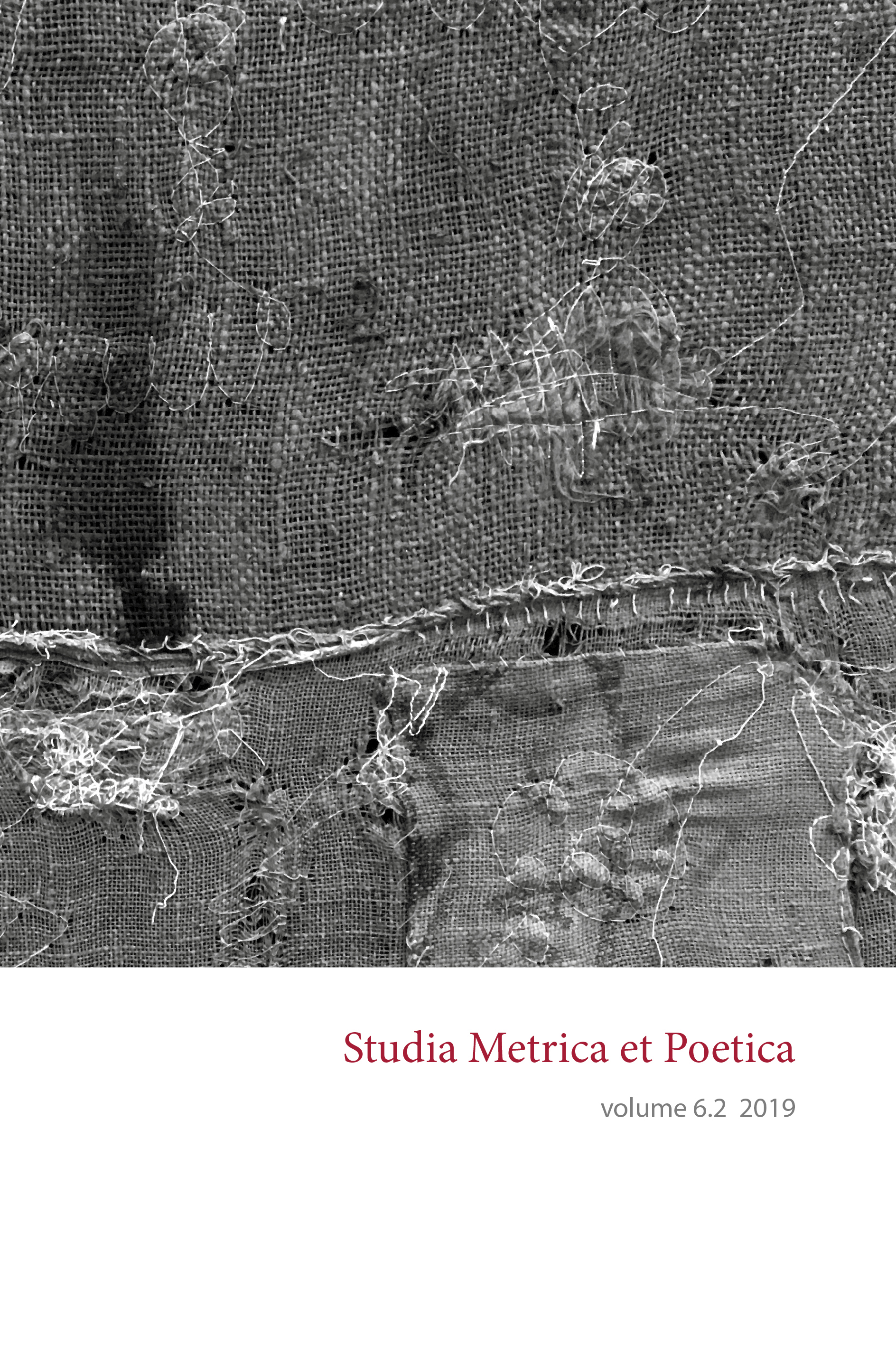Rhythmical Ambiguity: Verbal Forms and Verse Forms
DOI:
https://doi.org/10.12697/smp.2019.6.2.02Keywords:
syllabic-accentual meters, rhythmical varieties, rhythmical ambiguityAbstract
In undertaking the statistical analysis of the rhythm of Russian syllabic-accentual verse, one confronts a problem: how to accentuate words whose natural-language stress is weaker than that of fully-stressed words. Zhirmunsky called such words “ambiguous” and formulated a rule: they should be considered stressed in “strong” (ictic) positions and unstressed in “weak” (non-ictic) positions. Gasparov, who accepted and elaborated on Zhirmunsky’s rule, pointed out that “this difference in the quality of stress in strong positions [...] has a significant impact on the rhythm of verse, especially that of ternary meters.” The main point of the present paper is that this ambiguity equally impacts Russian binary meters. In the case of iambic tetrameter, for example, fully-stressed lines that contain rhythmically ambiguous words are often isomorphic with the predominating rhythmical form. In the present paper, this phenomenon is explored in connection with Jakobson’s hypothesis that rhythmically ambiguous words gravitate toward “weak” (i.e. less frequently stressed) ictuses. Although Jakobson’s view of accentual ambiguity was different from Zhirmunsky’s, and Jakobson’s calculation was, in fact, methodologically inaccurate, a cross-pollination of their approaches may prove fruitful.


